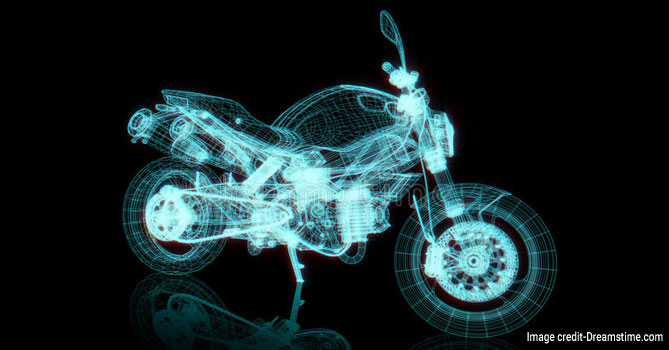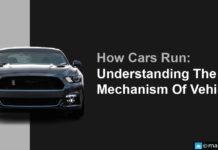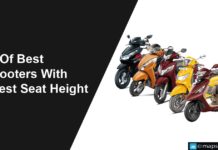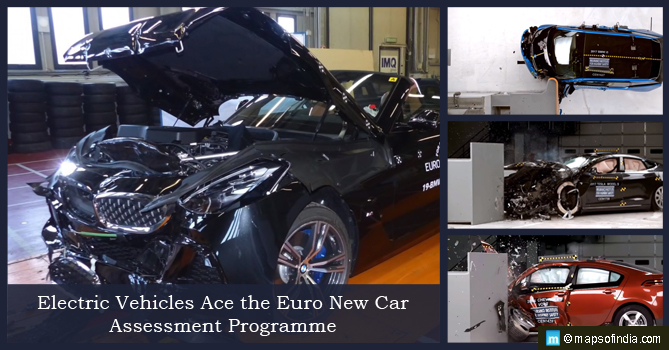
The electric wave has made it big in the two-wheeler segment and several contenders have started building their versions of sustainable mobility solutions. If one has a penchant for mechanics, they can build an electric motorcycle in their garage. Numerous people attempted to build their electric bikes and have succeeded in pulling it off well. There are a few basic but important steps to building an electric motorcycle that if adhered to, can result in a successful project.
The very first and most important step is planning. To have a list of the requirements for the electric bike project makes commencement easy. It also helps calculate an estimate and if needed, the numbers and parameters can be manipulated to suit one’s time and budget allowances. Several websites have instructions and guidelines for people attempting to build their electric mobility solutions.
One such portal is ‘EV Album’ where one can find a variety of homemade motorcycle examples.
The kind of materials to be used depends on the type of motorcycle one intends to build. One needs to figure out and finalise the range, top speed and riding style that their motorcycle would comprise of.
One can also use an existing motorcycle piece-by-piece depending on their needs. It is important to make sure that all functioning parts borrowed from the donor motorcycle are in good working condition.
Frame
If a lightweight motorcycle that delivers basic commutability is the goal, one shouldn’t go in for parts from a performance motorbike. The most important part is the chassis. The chassis/frame is the skeleton of any mechanical contraption. For sporty and quick machines, lightweight materials such as aluminium and its alloys are ideal for the framework. Ascertain that all vital system compositions are usable and none of them needs repair.
The next step is stripping the bike. Remove every part of the motorcycle down to the frame, and neatly arrange them in bins or racks to enable quick and easy access at the time of assembly.
Motor
Everything depends on the motor. The torque figures, the range, and the riding experience, all depend on the power output of the chosen electric motor. For a maintenance-free motor, one can go for a brushless option. Though more expensive than regular motors, brushless motors provide for a higher number of revolutions-per-minute, more power output and better control.
The motor is generally placed in the engine bay at the heart of the frame and connected to a drive shaft. It is important to try and achieve an overall gear ratio of 6:1 to achieve a decent mid-range torque and a satisfactory top speed. Fitments, at first, need to be done by multiple trial-and-error attempts to get the arrangement right.
Controller
The next most important thing for any electric motor-powered mobility solution is its controller. Having a calibrated controller allows speed and power variability for the DC motor, using pulse-width modulation. The controller and motor combination are generally chosen in sequence to ensure good compatibility between the two, and a successful component arrangement. Almost all available controllers are programmable to achieve the desired outputs.
The controller is ideally mounted at the top of the frame, right above the motor-bay, to allow for ease of connectivity and protection by the pseudo-tank unit.
A contactor connects the controller to the batteries. It can also be mounted right beside the controller at the top of the frame.
Batteries
Another vital component of the electric motorcycle setup is the batteries. It is often the most easily missed and underestimated component in the electric two-wheeler. It is a common misconception to think that bigger motors provide for greater power, whereas it comes from the battery arrangement. The best and most widely used are lithium-ion batteries, which are capable of delivering greater amounts of current for longer time-periods. It is also important to make sure that the controller-motor arrangement can contain the current generated by the batteries.
Batteries need a well-designed mount and generally go in the place where the exhaust system is, in engine-powered motorcycles. The mount allows the batteries to be swapped upon requirement without upsetting its original position.
They also need a charger which is quick enough to charge, but not too heavy. The faster the charging capability, the bigger and heavier it gets. The charger is usually mounted on top of the frame, where the fuel tank access is on gasoline-powered motorcycles.
Precautions
It is important to use good quality wiring and cables for any electric vehicle project and to ensure that they don’t overheat during operation.
Wear appropriate safety gear while working with tools and equipment. This prevents unnecessary problems that further delay the progress of the project. The battery terminals must be kept covered and should never be worked with when the power is on. Electrical conductors should not be kept near batteries and wires. This is done to keep the risk of shocks and sparks at the minimum. Use a multimeter to test the voltage, amperage and resistance, and ensure that all electrical connections are appropriately insulated.
Also, keep a blog or video log of the project for your archive and possibly to help and guide others in the process.




